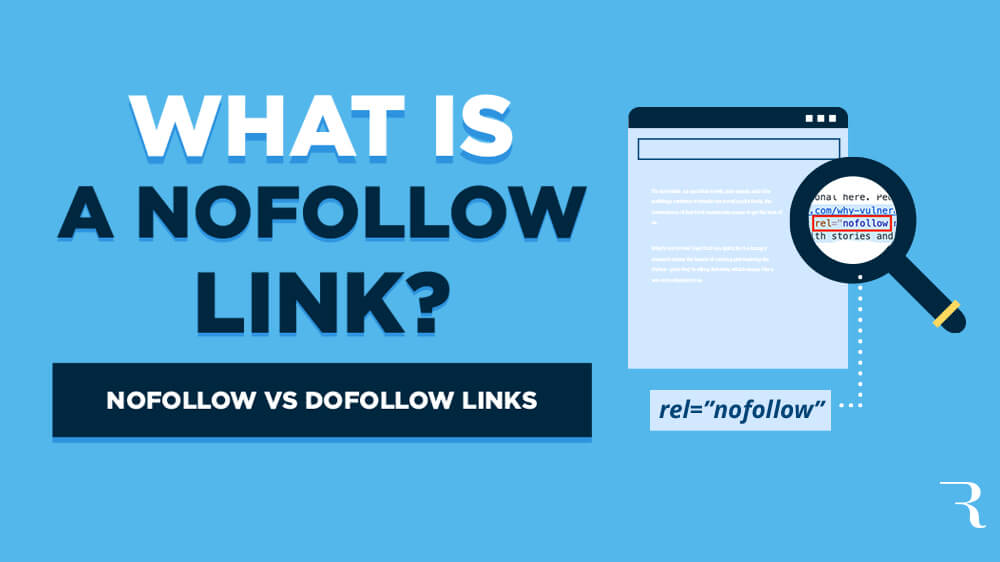If you’re researching about SEO and the different ways to make your website pop on top of SERP, then you’ve definitely come across the terms, follow and no-follow links.
Before we dive in, let’s learn a little more about SEO and what it comprises.
When a page has a link from another website, it gets noticed by the search engine bots. The higher the number of such links you get, the higher will be your SEO rank. Thus, increasing the chances of your site being on the first page of a search or even the top. Think of this as a project you’re being graded on, where you are the student, your project is to make your website show up and Google is the teacher. Your task is to simply place links all over the net leading to your website for a given query. Each of these links is what you’re graded on, and hence higher your grade higher the rank you’re given by Google.
When you have so many websites pointing to your own, Google concludes that the content on your page must be valuable if so many people are talking about it. So why not give preference to that page in our search engines over others of a similar topic in order to deliver the very best results.
PageRank is the metric created by Google to calculate the link points. You might have heard of this term as “link juice” which is just another name for Page rank. The more reputable the site, the higher will be your page rank.
What is a follow-link?
These are the links that count as points, pushing your page rank higher, boosting your page traffic, and showing up in the SERPs as a result. All that you know about backlinking would come under this category.
To read up more about backlinks, head over to our blog to up your off-site SEO game.
Getting follow-links is easy and only requires being yourself. Creating awesome, original content that will drive your readers to share is all that you need. Another simple way is to approach and encourage guest blogging. Work out a strategy that you can both help each other especially on sites relevant to your own. This will build referral traffic and give you an SEO boost.
What is a NoFollow Link?
A no-follow link, on the other hand, is a link pointing to your website, but won’t count as points to increase your page rank. It does not boost your page or help in showing up on top of a SERP other than just increasing traffic to your website. So do you think that no-follow links have no value for your website? Think again!
Imagine you’re handling a website that contains a blog. Every time you create a valuable piece of content, you may want feedback from your readers in the form of comments. Now imagine all these readers spam your comment section, with links pointing to their website. Google is just a bot and would assume that since there’s a link pointing to another website, that should be part of its page rank grading system. This is where no-follow links are of utmost importance. By coding it into your website’s comments section’s HTML code, it is possible to tell Google that the links present there should point to the website but not be considered while grading.
A nofollow HTML tag would look something like:
<a href=”http://www.website.com/” rel=”nofollow”>Link Text</a>
The no-follow tag is basically like a signboard for search engines saying “don’t consider this.”
Although do-follow links will aid more in your SEO strategy, it is vital to incorporate do follow and no follow schemes in your online marketing strategy. Maintain a healthy balance of the two as only this will help create the perfect link profile.







